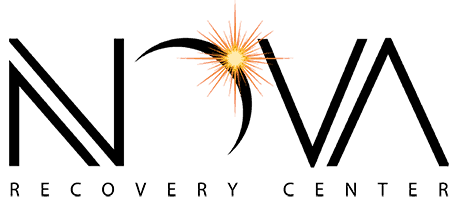Last Updated on October 23, 2023
Inpatient Residential Rehab Austin or Outpatient Rehab Austin? Which facility could be right for you? Choosing the best rehab facility for you or a loved one is a difficult process. With nearly 15,000 specialized drug treatment centers in the US that offer counseling, behavioral therapy, case management, and other types of substance use disorder services,1, it can be tempting to randomly pick the first drug treatment center you come across.
While most drug treatment centers will use similar treatment models, it’s necessary to take some time to weigh your options. Finding a program that fits well with you or your loved one’s situation increases the likelihood of achieving recovery. Listed below is a brief description of an Inpatient Residential Rehab Austin and Outpatient Rehab Austin, along with how to identify the first signs of addiction.
What is Addiction?
Addiction is characterized by the inability to consistently abstain from drugs and alcohol.2 These symptoms are also combined with an impairment in behavioral control, cravings, diminished recognition of significant problems with interpersonal relationships, and dysfunctional emotional responses. Like other chronic diseases, addiction often involves cycles of relapse and remission. Addiction is a progressive disease and can result in disability or even death. Without treatment or engagement in recovery activities, overcoming addiction can be difficult.
Inpatient Residential Rehab Austin or Outpatient Rehab Austin
Inpatient Drug Rehab
Inpatient treatment programs are often referred to as “Residential” programs, and typically range from 28 days to 90 days. These programs include clients living at the facility and incorporate programs with a strict daily schedule to follow. Clients in residential treatment programs work on recovery goals and build life skills that have been lacking due to the substance abuse problems within their life. Clients will eat, sleep, and participate in clinical and support groups throughout the day. Because of this high level of care, inpatient treatment programs are ideal for people who have unsuccessfully attempted to overcome addiction. One benefit from an inpatient residential rehab Austin treatment programs is the “Community” environment. These treatment facilities provide a community of clients who support each other through treatment by encouraging sobriety and accountable to staying on course.
Outpatient Rehab
Outpatient rehab is a form of drug treatment that does not include living at the facility. Outpatient programs allow the client too continue to live at home or in a sober living home. In addition, outpatient rehab programs tend to cost less than residential treatment. The length of an outpatient rehab program varies according to the facility as well as the specific needs of the individual. Most recovering addicts can expect to spend one to three months in outpatient care. Family, Group, and individual counseling services are usually offered at an outpatient rehab program.
Trouble Deciding?
Choosing the right rehab facility for you or a loved one can be a difficult process. It’s clear that there are many factors to take into account. Counseling is the cornerstone for any addiction treatment program. If you have a history of unsuccessful sobriety, are danger to yourself or others, or you home environment is unhealthy, an inpatient drug rehab might be the better choice for you. However, In general, it’s best to let an expert help decide on the proper treatment placement. A licensed counselor or interventionist can assess the severity of the addiction and successful treatment from any drug or alcohol addiction depends on the willingness to change from the client.

